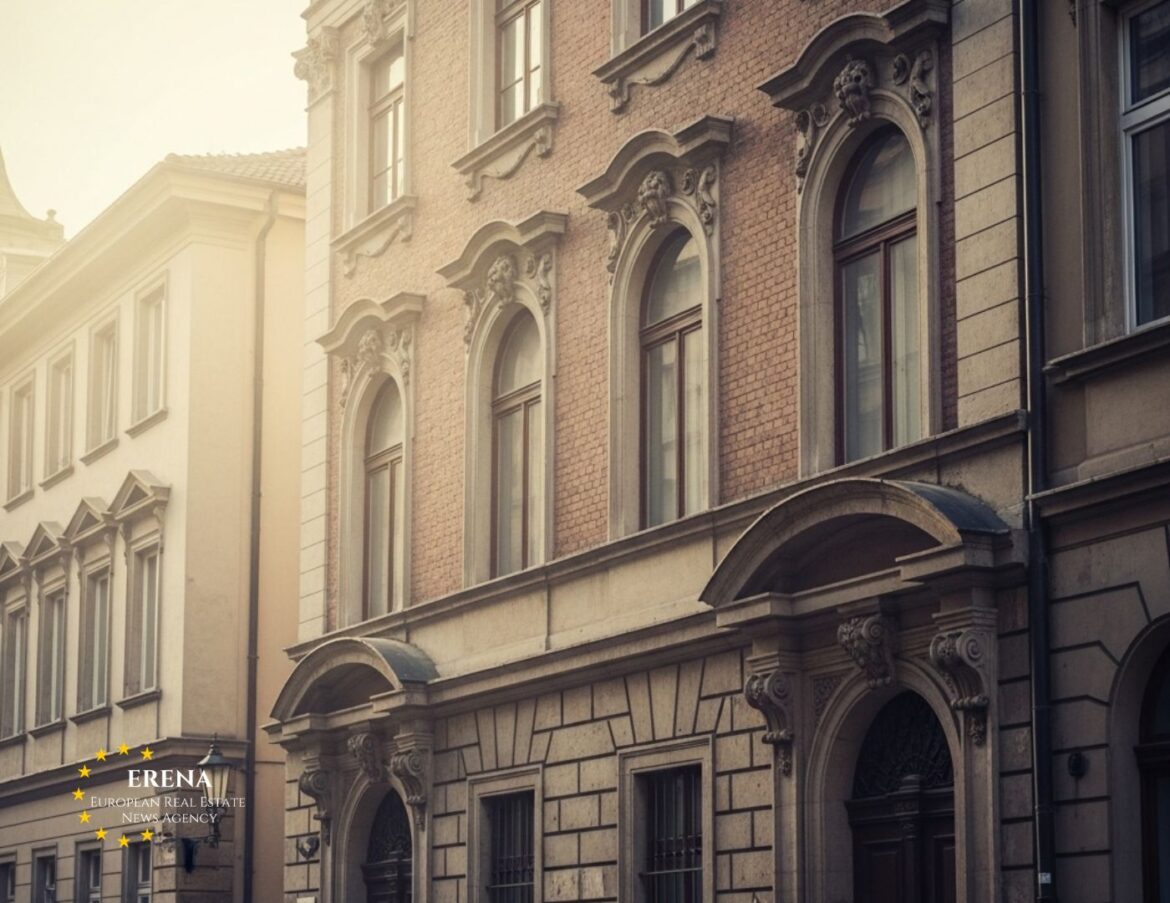Owning a piece of history is a dream for many — a centuries-old chateau, a stately manor, or a romantic stone cottage nestled in a historic district. However, buying a heritage or protected property in Europe involves much more than just aesthetic appeal. These buildings often come with legal, financial, and restoration responsibilities that differ significantly from those of modern real estate. Understanding these obligations in advance is key to making an informed investment.
What Is a Heritage or Protected Property?
A heritage or protected property is a building or site designated as having cultural, historical, architectural, or artistic significance. In Europe, these properties are typically listed in national or regional registers, and their conservation is often legally enforced.
Depending on the country, these properties are known by different terms:
- Listed Buildings (UK)
- Monuments Historiques (France)
- Denkmalschutz (Germany)
- Beni Culturali (Italy)
- Bienes de Interés Cultural (Spain)
They may include:
- Medieval castles and manor houses
- Baroque or Art Nouveau villas
- Historic townhouses and apartments
- Former industrial buildings
- Chapels, windmills, or ancient schools
Restrictions on Renovation and Restoration
One of the most important aspects of owning a protected property is that any renovation, repair, or structural modification is highly regulated. Even seemingly minor works — like repainting the façade or changing a window frame — may require approval from local or national heritage authorities.
Violating these regulations can result in:
- Fines (sometimes in the tens of thousands of euros)
- Mandatory restoration to the original state
- Suspension of use or occupancy permits
For example:
- In France, homeowners cannot install PVC windows in listed buildings, even if they mimic wood.
- In Italy, replacing a roof may require using traditional clay tiles or historically accurate replicas.
- In Germany, all restoration plans must be submitted to and approved by the local Denkmalamt.
Higher Restoration and Maintenance Costs
Maintaining and restoring heritage buildings is often significantly more expensive than modern properties. Specialized craftsmen, materials, and procedures are often required, pushing renovation costs up by 30–70% or more, depending on the property’s condition and location.
Common expenses include:
- Structural reinforcements
- Period-accurate materials (lime plaster, handmade tiles, etc.)
- Historical and archaeological assessments
- Permits and inspections
- Expert architectural supervision
In France, Austria, or Germany, full restorations can easily exceed €2,500–€6,000 per square meter, depending on complexity.
Tax Benefits and Government Grants
To encourage the preservation of cultural heritage, many European countries offer generous tax deductions, grants, and subsidies for the restoration of protected buildings.
Examples include:
- France (Malraux Law): Tax deductions of up to 30–100% of restoration costs, particularly in historic urban centers
- Germany: Deductions of up to 90% of renovation costs over 10 years for private owners
- Belgium: Regional grants of up to €250,000 for protected monuments
- Italy: Tax credits of up to 50% under the “bonus ristrutturazione” for heritage properties
- Spain: Government support for façade restoration and adaptive reuse of heritage buildings
👉Note: Eligibility depends on compliance with all listed building regulations. Unauthorized renovations can void these benefits.
Insurance Considerations
Insuring a protected property is more complex and expensive than insuring a modern home. Many insurers require specialized assessments and offer tailored policies that reflect:
- The historical value of the building
- Potential structural vulnerabilities
- The cost of specialist restoration
- Liability risks (e.g., falling plaster or stone elements)
On average, heritage property insurance costs 40–60% more than standard policies in countries like France, Germany, and Belgium.
The Buying Process
Before purchasing a protected property, thorough due diligence is essential:
- Confirm the listing status in official heritage registers
- Check for any pending restoration orders or legal constraints
- Commission a full structural survey by an expert in historic buildings
- Review the history and prior restorations of the property
- Consult with a heritage architect or conservation consultant
Be cautious of hidden costs related to old electrical wiring, damaged foundations, mold, or outdated plumbing systems. Some buildings may not meet modern safety or accessibility standards.
Usage Limitations
Using a protected property may come with restrictions:
- Residential Use: Often allowed but may require that the layout or materials remain unchanged
- Commercial Use: Can be permitted for hotels, cultural centers, or cafés — depending on the country and level of protection
- Public Access: Some subsidies may require the property to be open to the public a few days per year
- Installations: Modern amenities (e.g., elevators, solar panels, HVAC systems) may be restricted or require camouflaged integration
Examples of Successful Projects
Despite the complexity, many investors have turned heritage properties into thriving ventures:
- In Tuscany, 18th-century villas restored as holiday homes fetch €3,000–6,000 per week in rentals
- In France, restored châteaux are used for weddings and cultural events, generating steady income
- In Czechia, old manors have been turned into coworking hubs and boutique hotels
- In Austria, a heritage-listed wine estate was transformed into a luxury eco-retreat with minimal exterior impact
Such projects often require expert marketing, long-term vision, and cooperation with local heritage authorities.
Conclusion
Buying a heritage or protected property in Europe is not just a real estate transaction — it’s a commitment to cultural stewardship. While the financial and bureaucratic hurdles are significant, the rewards can be equally profound: unique architecture, tax incentives, historical significance, and investment potential.
Before purchasing, always seek guidance from:
- A heritage-savvy lawyer
- A licensed architect with experience in historic preservation
- A tax advisor familiar with national and EU heritage incentives
- A specialized insurer
With the right team and realistic expectations, owning a piece of European history can be both an emotional and financial asset — not just for you, but for generations to come.

